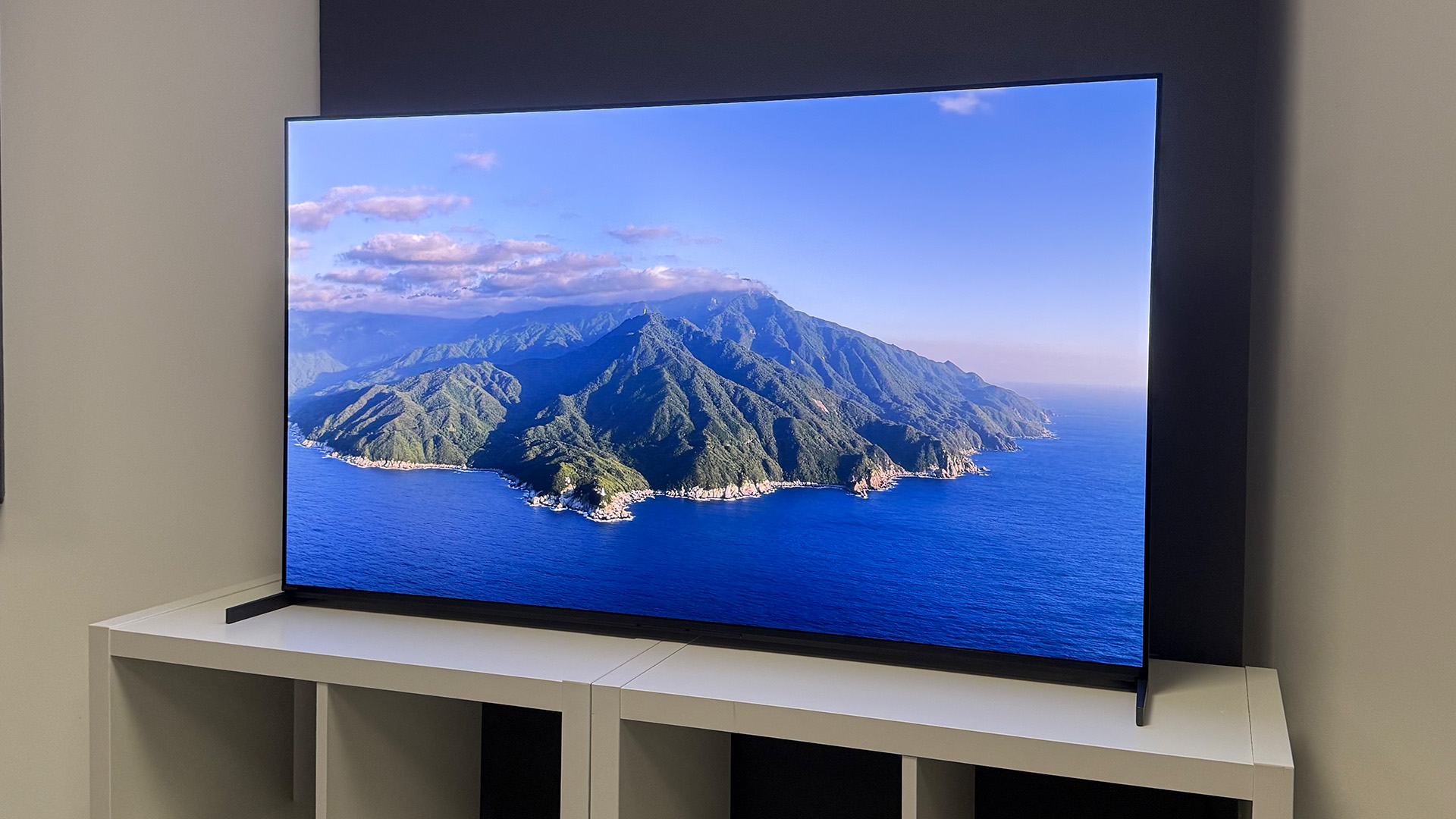iPhone 16 vs 16 Pro and 16 Pro Max: what are the differences?
Should you choose the standard iPhone 16 or one of the Pro models? Allow us to spell out the differences
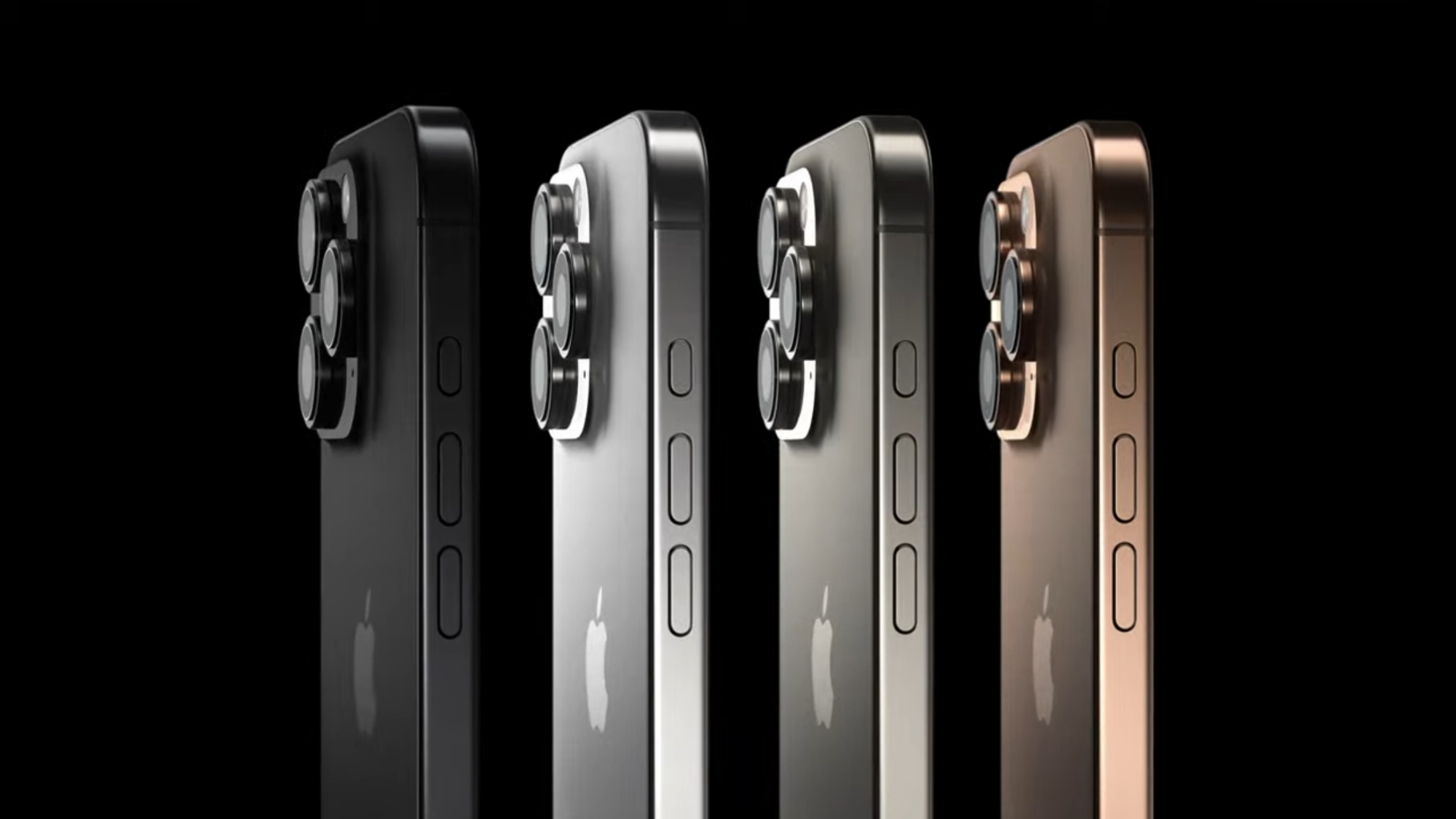
Apple's shiny new iPhone 16 lineup has arrived, and, surprise surprise, they're the best, most magical iPhones yet. At least, that's the theory. With all manner of new features (including new hardware changes) to dive into, you may be tempted to head straight to the Apple online store and check out the pre-order details.
But wait! Which iPhone 16 model should you get? Is the base iPhone 16 or iPhone 16 Plus enough? Or should you splurge and treat yourself to the iPhone 16 Pro or Pro Max?
We've compared the features and specs of both ranges side by side, so you can see what's new, to help you make an informed decision about which model you should have your eye on. Read on for all the details.
iPhone 16 vs 16 Pro and 16 Pro Max: price
The iPhone 16 starts at £799 / $799 / AU$1399 for the 128GB version, while the larger iPhone 16 Plus begins at £899 / $899 / AU$1599.
As expected, the Pro models come with a premium price tag. The iPhone 16 Pro starts at £999 / $999 /AU$1799, while the Pro Max begins at £1199 / $1199 / AU$2149. Both Pro models offer storage options up to a whopping 1TB.
While the Pro models offer more advanced features (more on that below), the standard iPhone 16 provides better value for those who don't need all the bells and whistles.
**Winner: iPhone 16**
The latest hi-fi, home cinema and tech news, reviews, buying advice and deals, direct to your inbox.
iPhone 16 vs 16 Pro and 16 Pro Max: design and display
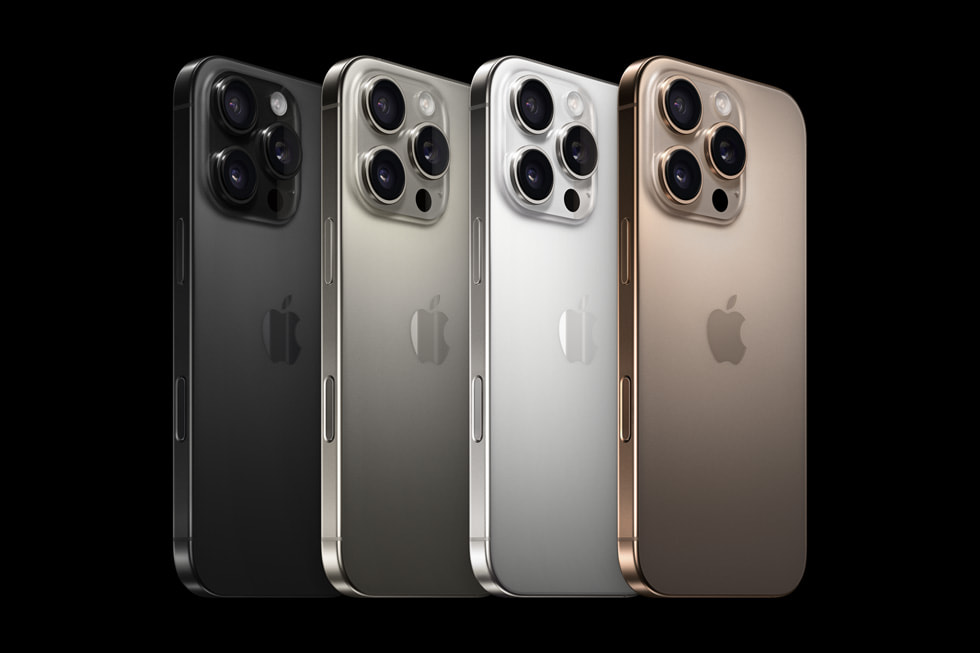
At first glance, both the iPhone 16 and 16 Pro models share a similar design language, but there are some notable differences.
The iPhone 16 and 16 Plus come in 6.1-inch and 6.7-inch sizes respectively, featuring OLED displays with the Dynamic Island. They're available in five colours: black, white, pink, teal, and ultramarine.
The Pro models, however, take things up a notch. The iPhone 16 Pro sports a 6.3-inch display, while the Pro Max boasts a massive 6.9-inch screen – the largest ever on an iPhone. Both Pro models feature Super Retina XDR displays with ProMotion technology, offering refresh rates up to 120Hz for smoother scrolling and animations.
In terms of materials, the Pro models are crafted from durable titanium and are available in black, natural, white, and desert titanium finishes. The standard models stick with the tried-and-true aluminium and glass construction.
All models now feature the Action button, replacing the mute switch, and introduce the new Camera Control button for enhanced photography options.
While both ranges offer excellent displays and build quality, the Pro models edge ahead with their ProMotion displays and premium materials.
**Winner: iPhone 16 Pro models**
iPhone 16 vs 16 Pro and 16 Pro Max: camera
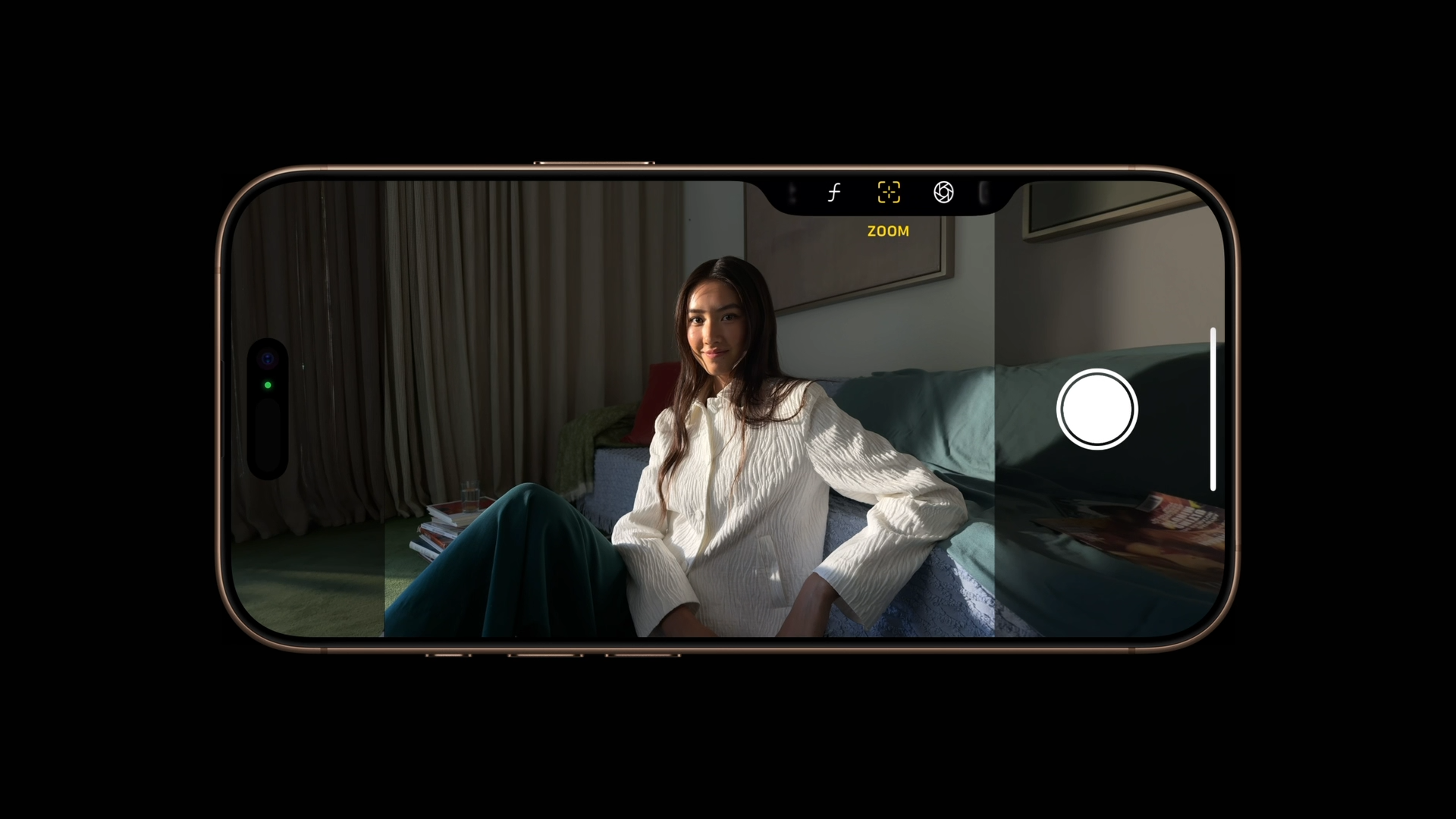
The camera systems are where the Pro models shine, though that's not to say that the iPhone 16 and 16 Plus are shabby in the imaging department.
A standout feature across all the iPhone 16 models is the new Camera Control button, which changes how you can interact with the iPhone's camera. In short, it's a versatile, multi-function control that enhances the photography and videography experience by combining a tactile switch, a high-precision force sensor, and a capacitive sensor, allowing for various interactions.
Using it, you can quickly launch the camera app, take photos, and start video recording with simple clicks, and it also supports touch gestures, letting you quickly adjust settings like zoom, exposure, or depth of field, by sliding your finger along the button itself. This intuitive control method should make it easier than ever to capture the perfect shot without fumbling with on-screen controls.
As for the cameras themselves, the iPhone 16 and 16 Plus feature a dual-camera system with a 48MP main sensor and a 12MP ultra-wide lens. The main camera now offers a 2x optical-quality zoom, effectively giving users two focal lengths in one, serving up more flexibility in the process.
The Pro models, however, take iPhone photography to loftier heights – both the 16 Pro and Pro Max feature a triple-camera system. There's a main 48MP camera with a faster quad-pixel sensor, which promises to capture stunning detail in various lighting conditions (though we'll have to confirm this in our full review).
Complementing this is a new 48MP ultra-wide camera, offering expansive landscapes and group shots with, again, potentially more clarity. The Pro models also feature a 5x telephoto lens, letting you get closer to subjects without compromising image quality.
On the video front, there are some pretty major differences. The Pro models can, for a start, capture 4K120 fps video in Dolby Vision – a smartphone first. This allows for incredibly smooth, high-resolution slow-motion footage with professional-grade colour grading. They also offer advanced features like ProRAW photography for maximum editing flexibility, ProRes video recording for cinema-quality footage, and a new macro mode for the ultra-wide camera, enabling stunning close-up shots.
Both ranges benefit from next-generation Photographic Styles and can capture spatial photos and videos for viewing on Apple Vision Pro. However, the Pro models offer more flexibility and higher-quality output for serious photographers and videographers. Whether or not these new imaging features are worth the substantial bump in the asking price, is up to you.
**Winner: iPhone 16 Pro models**
iPhone 16 vs 16 Pro and 16 Pro Max: features, specs and battery life
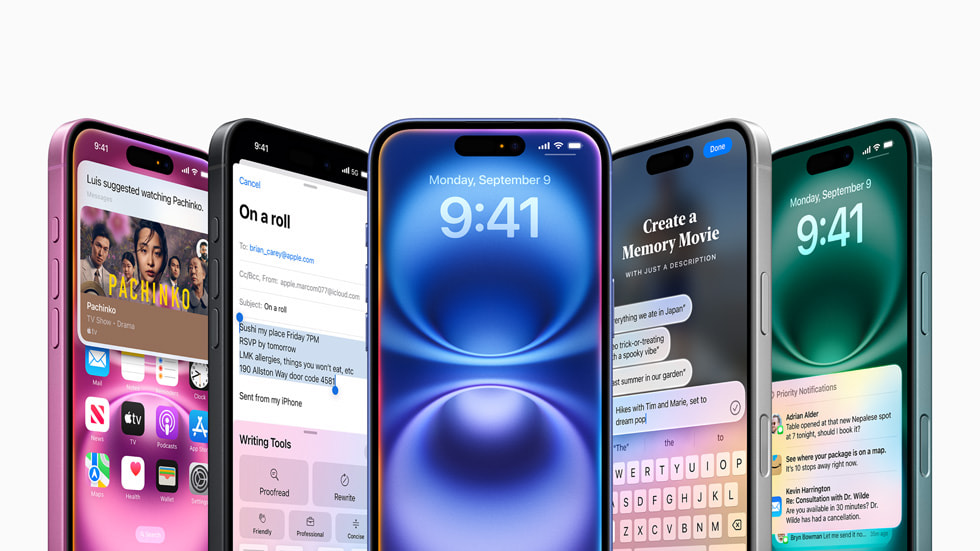
Beneath the hood of both iPhone 16 ranges (standard and Pro), you'll find Apple's absurdly powerful new A18 processor series. The standard iPhone 16 and 16 Plus feature the A18 chip, which offers impressive performance gains over its predecessor. Apple claims it has up to 30% faster CPU performance and 40% faster GPU performance compared to the A16 Bionic, which itself was no slouch.
The Pro models, however, are equipped with the more powerful A18 Pro chip, which is at the time of writing, the most powerful smartphone processor around. Built on a 3nm process, the A18 Pro boasts a 6-core CPU that's 15% faster than the A17 Pro, with two performance cores and four efficiency cores. Its desktop-class five-core GPU is up to 40% faster than that of the A17 Pro, offering significant improvements for graphics-intensive tasks. You don't have to be a spec fiend to appreciate the sheer firepower on offer here – though whether or not it's worth paying extra for, is up to you.
Battery life has also seen improvements across both ranges. Apple claims a "big boost in battery life" for the standard iPhone 16 models, thanks to the efficient A18 chip and a re-engineered internal design that allows for a larger battery and better heat dissipation. The Pro models, particularly the iPhone 16 Pro Max, are said to offer "the best battery life on iPhone ever," though specific figures aren't provided. We know that the batteries have increased in size at least, though the specific figures remain a mystery. In short, the Pro range offers more juice per charge.
On the AI front, both ranges also support the new Apple Intelligence features, including improved writing tools, smarter Siri, and upcoming additions like Image Playground and Genmoji creation. However, the Pro models' more powerful A18 Pro chip may enable faster processing of these AI tasks.
In terms of storage, the standard iPhone 16 models offer options up to 512GB, while the Pro models go up to a massive 1TB, catering to users with more demanding storage needs.
All models now feature the Action button and the new Camera Control button, enhancing user interaction and photography capabilities. However, the Pro models use these controls to offer more advanced camera features, such as ProRAW capture and ProRes video recording. With all that said, the Pro and Pro Max are the clear winners here.
**Winner: iPhone 16 Pro models**
iPhone 16 vs 16 Pro and 16 Pro Max: early verdict

Both the iPhone 16 and iPhone 16 Pro variants offer significant upgrades over the iPhone 15 and iPhone 15 Pro predecessors, with Apple Intelligence features, improved cameras, and the promise of enhanced performance across the board.
The standard iPhone 16 and 16 Plus phones provide an excellent balance of features and value, offering many of the headline capabilities at a more accessible price point. They're ideal for users who want a powerful, capable smartphone without breaking the bank.
The iPhone 16 Pro and Pro Max, however, continue to push the boundaries of what's possible in a smartphone. With their more advanced camera systems, ProMotion displays, and the powerhouse A18 Pro chip, they're geared towards power users, photography enthusiasts, and professionals who demand the absolute best.
Ultimately, the choice between the iPhone 16 and iPhone 16 Pro will come down to your specific needs and budget. Both could deliver exceptional experiences (on paper, at least), but the Pro models appear to justify their higher price tags with additional premium features and capabilities.
We'll update this comparison once we've had the chance to put all the new iPhone models through our rigorous testing process, so watch this space.
MORE:
iPhone 16 Pro: price, release date and more

